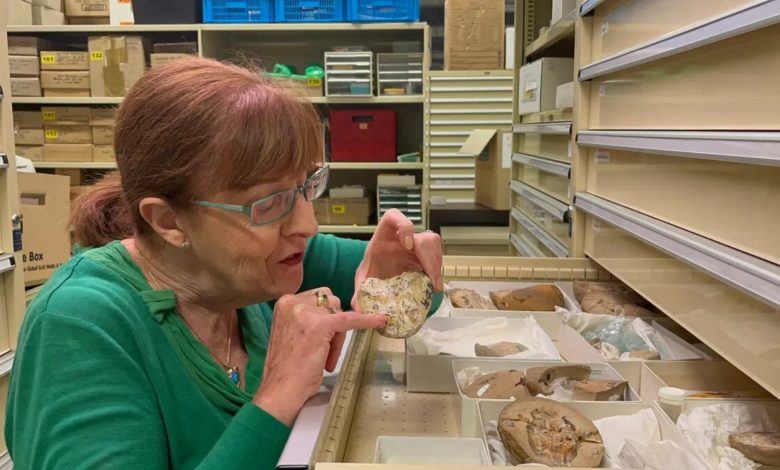Aussie researchers discover 380-million-year-old heart of ancient fish
An arthrodire is an extinct species of armored fishes from the Devonian period from 419.2 million years ago to 358.9 million years ago.

Aussie researchers have discovered a 380-million-year-old heart — the oldest ever found — in an ancient jawed fish, alongside a separate fossilised stomach, intestine and liver, providing new insights on biological evolution.
Kate Trinajstic, lead researcher from Curtin University’s School of Molecular and Life Sciences and the Western Australian Museum, said the discovery was remarkable, given that soft tissues of ancient species were rarely preserved, and it was even rarer to find 3D preservation.
“As a palaeontologist who has studied fossils for more than 20 years, I was truly amazed to find a 3D and beautifully preserved heart in a 380-million-year-old ancestor,” Trinajstic said in a statement.
This discovery, published in the Science magazine on Friday, is the first time a 3D model of a complex s-shaped heart in an arthrodire, which is made up of two chambers with the smaller chamber sitting on top, has ever been found.
An arthrodire is an extinct species of armored fishes from the Devonian period from 419.2 million years ago to 358.9 million years ago.
Trinajstic said these features offer a unique window into how the head and neck region began to change to accommodate jaws, which is a critical stage in the evolution of human bodies.
“For the first time, we can see all the organs together in a primitive jawed fish, and we were especially surprised to learn that they were not so different from us,” Trinajstic said.
Collaborating with scientists at the Australian Nuclear Science and Technology Organisation in Sydney and the European Synchrotron Radiation Facility in France, researchers used cutting edge technology, such as neutron beams and synchrotron x-rays to scan the specimens, which were still embedded in the limestone concretions, and constructed three-dimensional images of the soft tissues inside them.
The fossils were collected from the Gogo Formation in the Kimberley region of Western Australia, which was originally a large reef.







